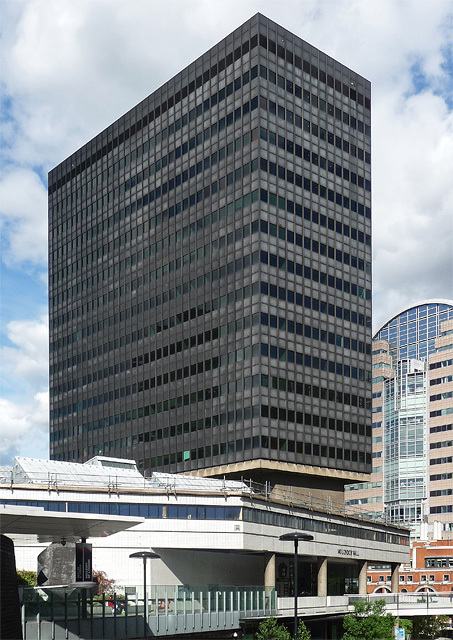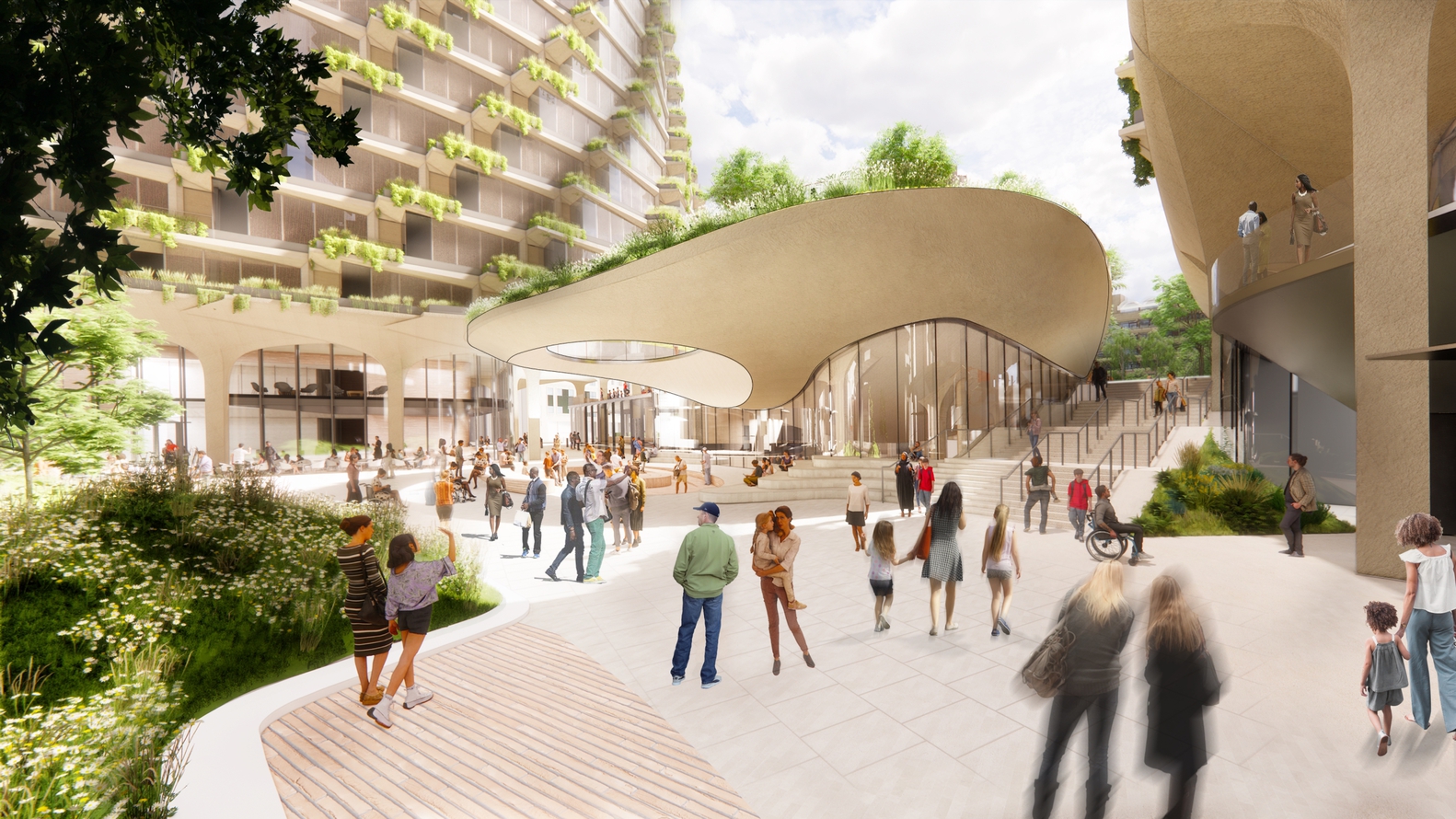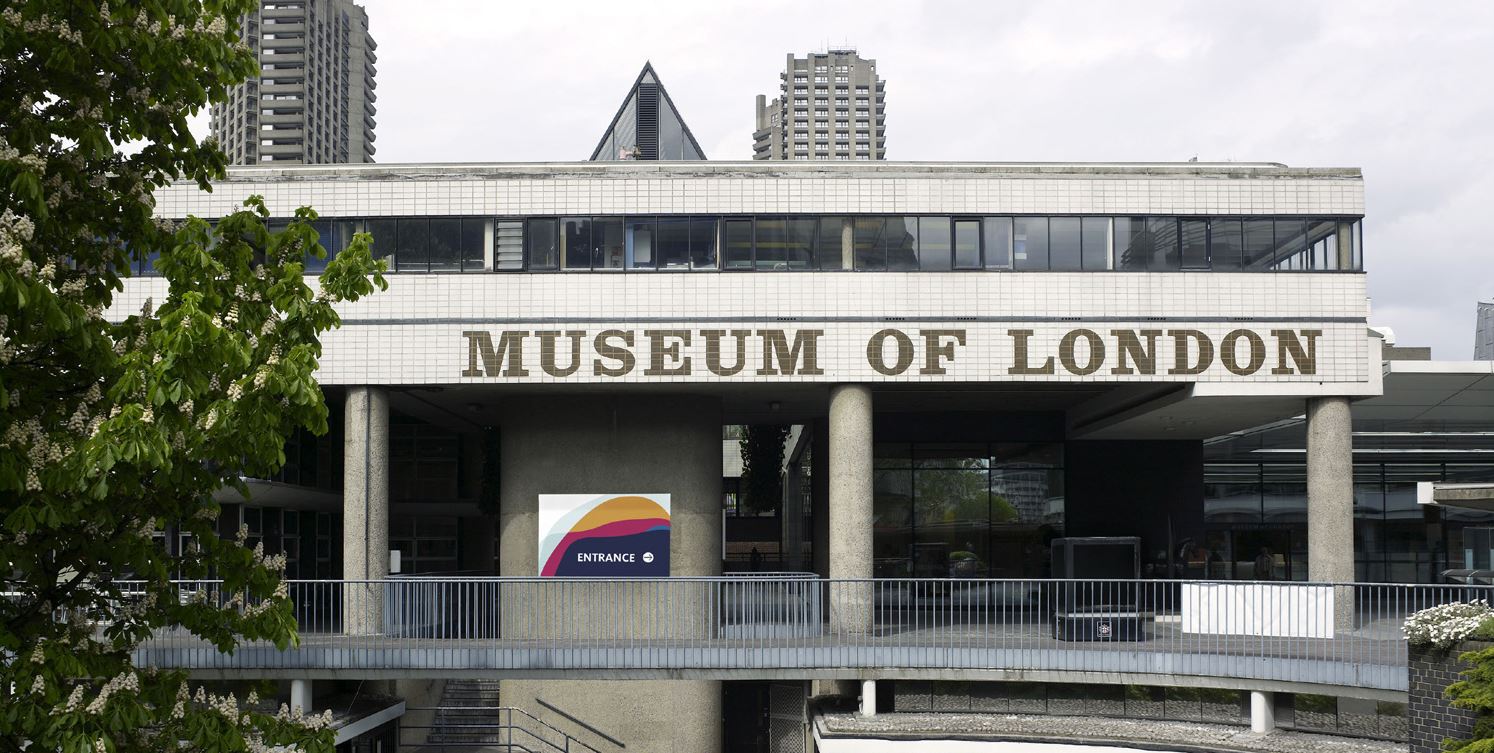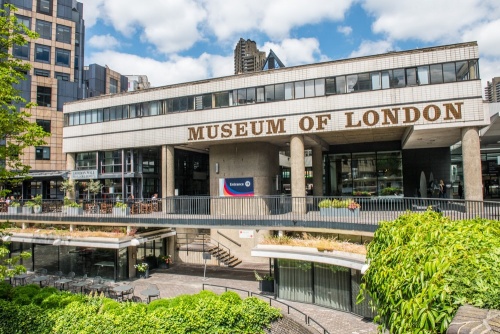The contentious London Wall West redevelopment project, involving the demolition of the former Museum of London and Bastion House, is slated to proceed. The redevelopment, designed by architecture firms Diller Scofidio + Renfro and Sheppard Robson, will replace the iconic 1970s buildings with a contemporary office complex. The City of London has confirmed that Michael Gove, the Secretary of State for Leveling Up, Housing, and Communities, has chosen not to intervene in the plans to reassess the former museum, allowing the project to advance.

The former Museum of London, known for its distinctive white tiles and rotunda, and Bastion House, reminiscent of New York’s Seagram Building, were both crafted by the esteemed RIBA Gold Medal-winning firm Powell & Moya. Recognized for their architectural significance and historical context, these structures stand adjacent to the Barbican Estate.
The new development comprises three main buildings: a 17-storey New Bastion House, a 14-storey Rotunda Building, and a smaller five-story office building. Together, these structures will provide a total office space of 56,000 square meters. Additionally, the redevelopment includes cultural spaces such as plazas and gardens, along with a public roof garden offering greenery within the city.
The new design also reshapes the urban landscape by replacing the elevated walkway with a new traffic system. Designed to encircle one of the office buildings, this «peninsula» traffic system aims to enhance connectivity and pedestrian access in the neighborhood.

The decision to move forward with the development has ignited substantial controversy and opposition. Reportedly, nearly 1,000 objections were lodged against the planning application, as detailed by the Architects’ Journal. Concerns were raised regarding the carbon footprint of demolishing the buildings and the potential loss of architectural heritage. Certain campaigners, such as Barbican Quarter Action, advocate for the retention and retrofitting of the 1970s structures to safeguard their historical significance.


Despite these objections, the City of London remains steadfast in its plans for the area. The redevelopment is part of a larger initiative aiming to provide 1.2 million square meters of new office space by 2040 to address the city’s demand for contemporary office accommodations. The latest designs by Sheppard Robson and Diller Scofidio + Renfro aim to showcase a modern architectural approach by prioritizing open public spaces and integrating cultural amenities to create a vibrant, mixed-use urban environment.
Upon completion, the project will alter the skyline, marking the onset of a new phase of commercial expansion. This transition from mid-20th-century modernist architecture to a new era of development underscores the city’s commitment to adapting its infrastructure to meet future demands.
